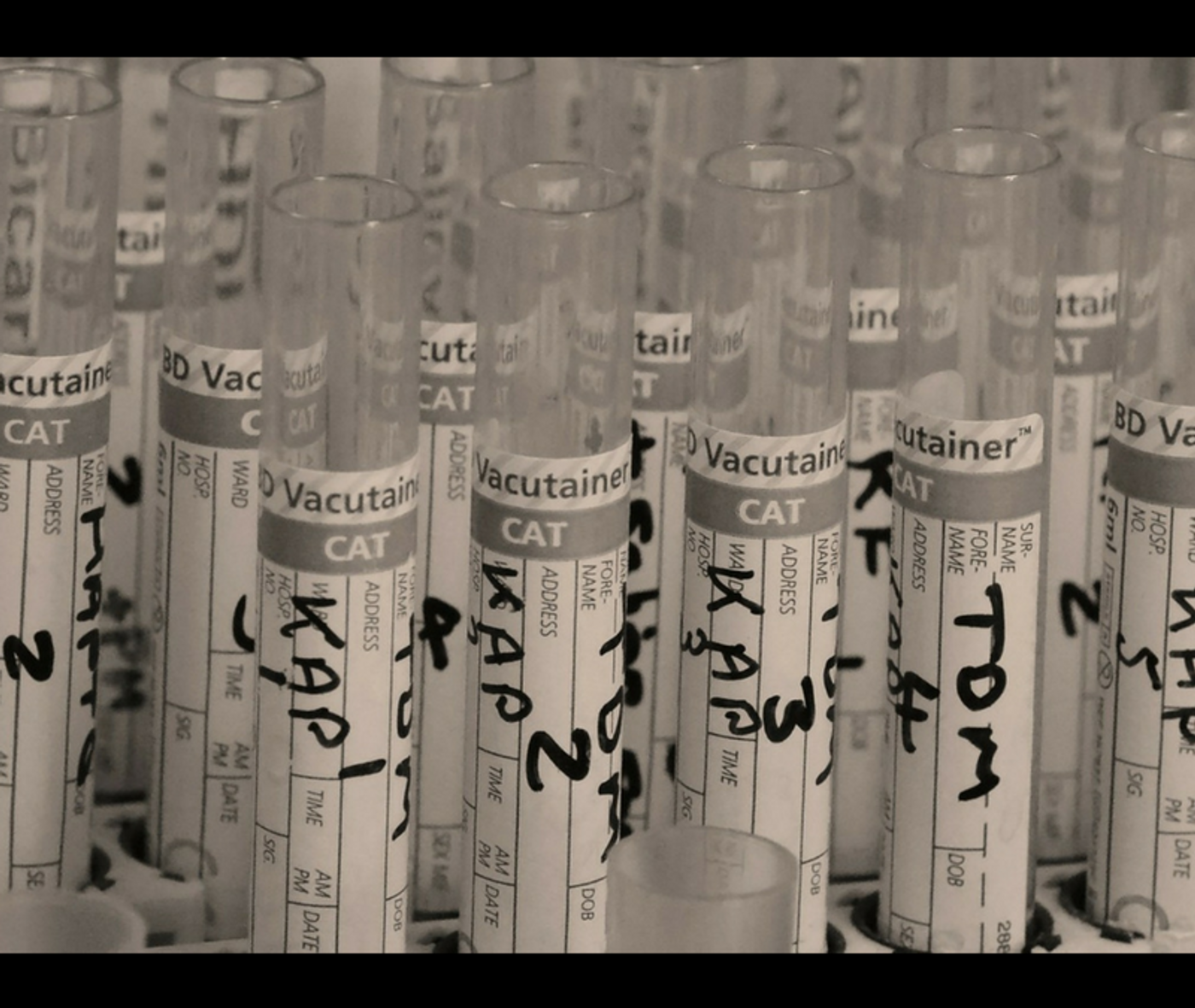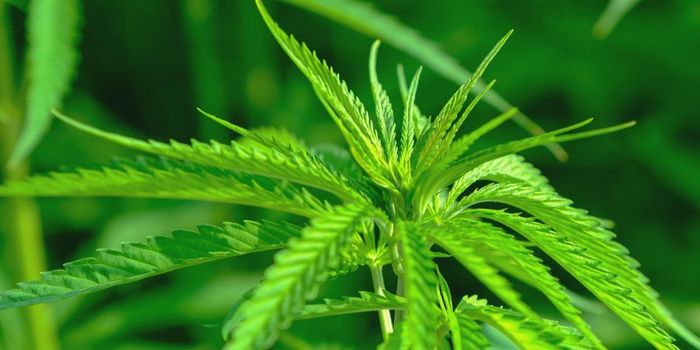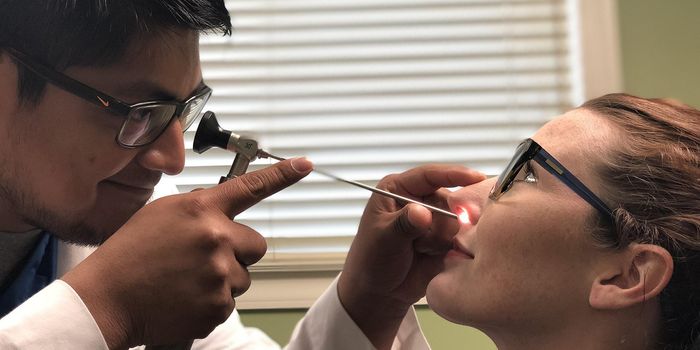Keeping Up with Lab Testing for Synthetic Cannabinoids
Testing for cannabinoids has been a debated toxicological topic for many years. It is especially relevant for workplace drug testing and law enforcement or legal use. In many countries, in addition to traditional cannabis or phytocannabinoids to be tested for, there are more and more synthetic cannabinoids being used. Current toxicological panels or tests can sometimes miss these synthetics because they differ enough from the common phytocannabinoids the diagnostic tools were designed for.
Researchers in Australia at the University of Newcastle in New South Wales published a validated method for detection of synthetic cannabinoids in the Journal of Analytical Toxicology on July 27, 2018.
Australia is reported to have two main legal standards that govern workplace drug testing; one is for urine drug testing and the other is for oral fluid toxicological testing. The authors have outlined a validated method of detection for 19 synthetic cannabinoids in oral fluid requiring only 100 ![]() L of sample. The testing involves a quick precipitation step prior to presentation in a liquid chromatography-mass spectrometry/mass spectrometry (LC-MS/MS) analytical system. This method both detects and quantifies the following synthetic cannabinoid substances: AM2233, JWH-200, AB-005, AB-FUBINACA, AB-PINACA, AB-CHMINACA, AM2201, RCS-4, JWH-250, STS-135, JWH-73, XLR-11, JWH-251, JSW-18, JWH-122, JWH-19, UR-144, JWH-20, and AKB-48. The limit of detection for this method is 1 ng/mL (validated) and their quantitation limits begin at 2.5 ng/mL. Their linearity is very broad, from 2.5 – 500 ng/mL; some reports of synthetic cannabinoid concentrations in humans after autopsy top out at over 150 ng/mL.
L of sample. The testing involves a quick precipitation step prior to presentation in a liquid chromatography-mass spectrometry/mass spectrometry (LC-MS/MS) analytical system. This method both detects and quantifies the following synthetic cannabinoid substances: AM2233, JWH-200, AB-005, AB-FUBINACA, AB-PINACA, AB-CHMINACA, AM2201, RCS-4, JWH-250, STS-135, JWH-73, XLR-11, JWH-251, JSW-18, JWH-122, JWH-19, UR-144, JWH-20, and AKB-48. The limit of detection for this method is 1 ng/mL (validated) and their quantitation limits begin at 2.5 ng/mL. Their linearity is very broad, from 2.5 – 500 ng/mL; some reports of synthetic cannabinoid concentrations in humans after autopsy top out at over 150 ng/mL.
The toxicity of synthetic cannabinoids is increased because the potency and lack of multiple natural cannabinoids, as is present in the cannabis plant form. There is a lot of evidence on the extreme dangers these synthetic products pose, including contributing to death. Synthetic cannabinoids, referred to as Spice or K2 sometimes, have caused death directly; earlier this year, synthetic cannabinoids being sold on the street in Illinois were linked to deaths due to being tainted with rat poison.
According to the Drug Enforcement Agency in the US, there have been no deaths caused by overdoses of natural marijuana.
As areas of the world evaluate drug enforcement and toxicological testing for cannabinoids (natural or synthetic), remaining current in the multitude of different substances out there will only aid in diagnostic testing research and development.
Sources: Journal of Analytical Toxicology (July 2018), American Association for Clinical Chemistry, Journal of Analytical Toxicology (Aug 2013), Journal of Analytic Toxicology (Oct 2013), Scientific American,









